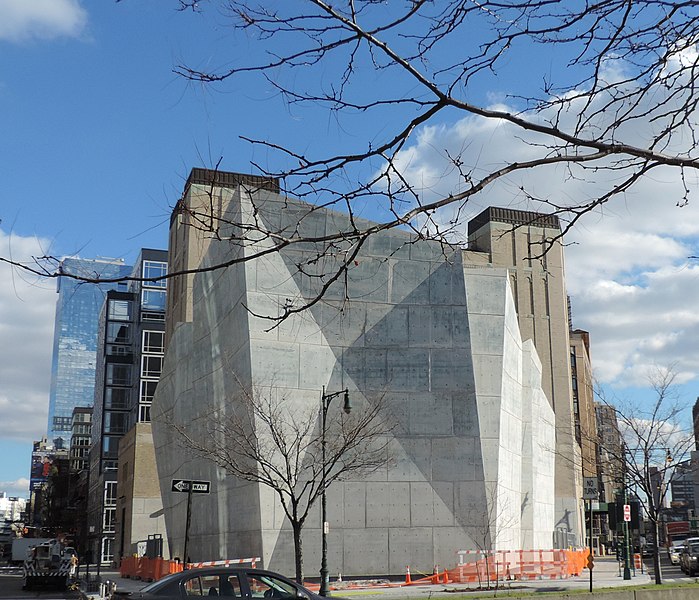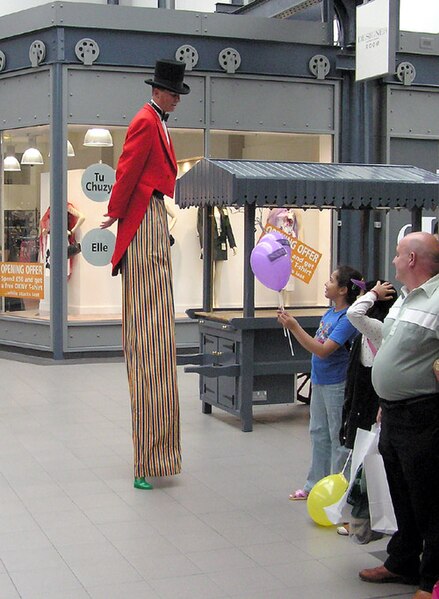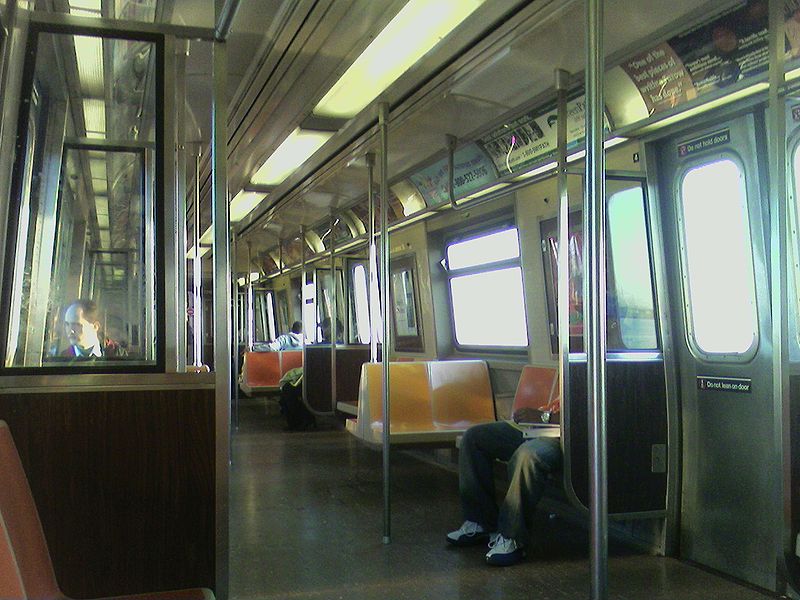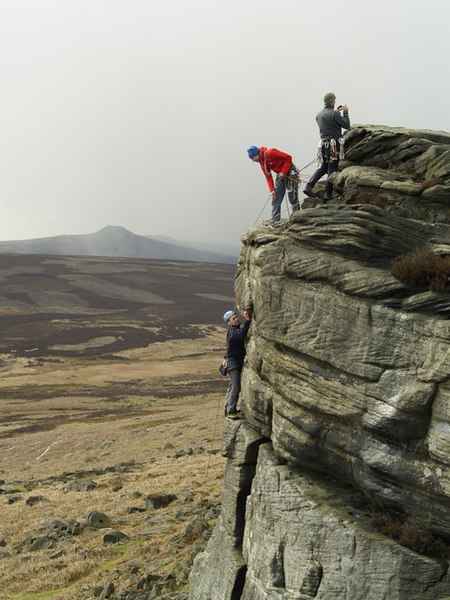New
York City is full of mystery buildings, buildings that pique your curiosity but
at first elude you. A prime example is
– or rather was – a little one-story brick building near the corner of West 11th
and West 4th Streets in the West Village, but a block from where I
live. I passed it for years, always
wondered what it was and who, if anyone, lived there or, more likely, who used
it as an office or studio. One-story buildings
are rare in the city, where real estate is so valuable, so it must have been an
old structure dating back many years. It
had a skylight, suggesting its use as an artist’s studio, but the taller buildings
around it would have robbed it of much of the light. Always firmly shut, its door was flanked by a
window on either side, but the whole façade was covered with a thick growth of
ivy that all but masked both windows. I
never saw anyone go in or out, nor did I ever see a mailman delivering
mail.
This went on for years, but then, last
year, scaffolding suddenly sprang up around the little building and the three-story
brick building next door on the corner, which only added to the mystery. But occasionally a door in the scaffolding
was left wide open and I could glance inside, where I saw the little brick
building more than half demolished and obviously destined for complete
demolition. Since then the scaffolding
has remained, as the neighboring structure at 282 West 4th Street,
combined with another building at 280 West 4th Street, is being
converted into a huge single-family residence – luxury housing with a
vengeance. The little mystery building,
evidently a part of the 282 West 4th Street property, is gone
forever, and I will never know its story.
Of all my mystery buildings, this is the one that haunted me the longest,
but it never yielded its secrets.
 |
| Beyond My Ken |
Another mystery building was one on West
14th Street between Sixth and Fifth Avenues, that caught my
attention as I rode past it many times on the bus. The five-story structure flew two large flags,
one the American flag and the other a mystery, on poles projecting from the
third story, and boasted a façade such as I had never seen anywhere in the city,
seemingly all metal with not a brick in sight.
Curved roofs stuck out above the windows like arched eyebrows over gaping
eyes, and poles ran vertically from top to bottom with no apparent function
other than to further clutter up the façade.
I categorized it as Art Deco on steroids, or maybe Cast Iron run wild. It startled me but didn’t repel me; it simply
made me curious. Since the bus always
zipped past it, I could never get the address or acquire any other information
about it. Finally, while doing errands
in the neighborhood, I made a detour to see the building up close, and in so
doing learned the address -- 45 West 14th – and the identity of the
ground-floor occupant: District Council 9, the International Union of Painters
and Allied Trades, whose name appears on the mystery flag displayed alongside
Old Glory.
Even armed with this information, I had
trouble learning the history of the structure, finding only scraps of
information here and there. It was
evidently built as a townhouse in 1875, and in 1960 underwent a radical
transformation that produced the present façade, which has been described as a
modern interpretation of the historic cast iron buildings on the street. Maybe, but the cast iron buildings I’m
familiar with have simple lines and never give the impression of clutter, as
this one does – interesting clutter, highly original, but clutter nonetheless. The current AIA Guide to New York City describes it thus: "Bronze and glass, paper and trash. In 1967, this Guide said: 'Hopefully, this witty and elegant refacing of a tired
façade will inspire its neighbors to follow.' They didn’t." Which
is why the building stands out today.
 |
| Beyond My Ken |
Another mystery building that I have glimpsed
repeatedly from a 14th-street bus towers impressively just north of
Union Square, its summit a spire-topped golden sphere that shone radiantly in
the sun. It was that splash of gold that
caught my eye, for it made the structure stand out from other tall buildings in
the neighborhood. Finally, one day when
I was visiting the Union Square greenmarket, I walked up busy Broadway to no.
874, on the corner of East 18th Street, where I discovered, to my
surprise, that the building in question wasn’t a tower, but simply one section,
the westernmost, of a massive twelve-story Neo-Gothic structure of brick and
stone, richly adorned with rows of rounded arches framing the windows, its
summit – the “tower” I had seen from the
bus – bristling with spiky little spires, one of them crowning a gold sphere
that caught the rays of the sun. I stood
there for quite a while, dodging the bustling passers-by while gaping like a tourist. The ground-floor level on Broadway is
occupied by Sleepy’s, the Mattress Professional, with a sign outside:
Easy
Finance
Plans
Available
Online research informed me that the
building was built in 1892, financed by a chemist and apothecary named Ewen
McIntyre. While laying the ornate tile
floor in the Broadway lobby, the craftsmen mistakenly added an A to his name, so that the building became
known as the MacIntyre. Today it
survives as a co-op with 25 apartments, 4 of which are currently up for sale at
a median price of $840,000, and none of them available for rent. In 2000 the resident owners had the façade
cleaned of a century’s grit and grime, which may explain why its radiant patch
of gold caught my distant eye.
Another mystery building, a recent
construction at Spring and West Streets by the Hudson River on the edge of
trendy Tribeca, baffles passing motorists, cyclists, and pedestrians alike. A gray hunk of faceted concrete five stories
high, a box with a huge door, windowless, it is massive by day, its slanted
walls looming out over the sidewalks menacingly, while at night those same
walls have been likened to huge chunks of ice breaking off from the edge of a
glacier. Unique, obviously, but what is
it?
 |
| Jim.henderson |
It is city’s new $20 million salt shed,
whose door, 34 feet high and 25 feet wide, opens into a vast interior where
5,000 tons of de-icing salt will be stored, to be used on streets sheathed in
wintry ice. Unlike most of the city’s
salt sheds, which are little more than shacks, it was designed by architects to
be a singular sculptural object, and in this they have hugely succeeded. Gray to some, it is described by others as
glacially blue, which helps it enhance the neighborhood. This last concern is no small matter, for
local residents opposed its construction, fearing more gentrification, while luxury
apartment developers opposed it, fearing less.
The developers predicted that the value of property in the neighborhood
would plunge, only to see it soar. Once
again, gentrification triumphs, though in this instance it would be hard not to
applaud.
But this marvel of a salt shed is only half
the story, for just across Spring Street is another architectural wonder also vehemently
opposed by neighborhood residents, who once christened it the Tower o’
Garbage: a massive garage where sanitation trucks can be parked, fueled,
repaired, and cleaned, but where garbage will most definitely not be
deposited. A five-story, block-long
structure costing $250 million, it is masked by a sound-blocking glass curtain
wall masked in turn by 2,600 custom-made perforated metal panels designed to
reduce heat and glare, and oblige finicky neighbors by blocking views of the
trucks inside. Thanks to the finlike panels,
the garage has the appearance of a shiny, sleek machine. The upper glassed-in stories sit atop a
dark-brick ground floor that is set slightly back, making the garage seem to
almost float on its base. (An effect I
have yet to check out personally, which I hope to do.) A green, sloped roof not open to the public
catches rain water to clean the trucks. Illuminated
at night, with “DSNY” (Department of Sanitation, New York) in huge letters on
the side facing the river, the structure then acquires a magic all its own.
Never
were two utilitarian edifices designed and executed with such care and
flair. The once critical neighbors
should celebrate their recent opening, and be glad that no towering luxury
high-rise blocks their view of the Hudson River flowing majestically just
beyond West Street.
Finally, a cluster of mystery buildings
that I have only recently learned of and that I will probably never see:
structures in an advanced state of ruin, covered with graffiti and hemmed in,
even strangled, by thick vegetation that is slowly and relentlessly reclaiming
a remote forested site where humans once imposed the geometry of architecture
now long since abandoned and forgotten. Here
and there in the greenery – or among the wintry skeletons of trees – façades
loom like ancient mausoleums or untenanted pagan temples, their interiors
desolate and often littered with debris and the bristling splintered boards of
collapsing walls and ceilings, not to mention banisters at crazy angles and
gaping elevator shafts. Suggestive
of pre-Columbian ruins strangled by
jungle, this Surrealist site weirdly mixes architecture and vegetation, the
hand of man and the hand of nature. And all
this within the bounds of New York City.
These ruins were once the Farm Colony of
Staten Island, a 96-acre site that officially is a part of the New York City
Farm Colony-Seaview Hospital Historic District, which in itself is proof enough
that being part of a historic district does not necessarily ward off graffiti
artists, vandals, decay, and neglect.
The Farm Colony was originally founded in 1829 as the Richmond County
Poor Farm, an asylum for the elderly who were looked after with dignity by
nurses and attendants, and who were required to work on a vegetable farm to
earn their board – a requirement eliminated in 1925, in view of the residents’
frailty. The last residents were moved
out in 1975, and neglect and decay then followed.
The
Farm Colony achieved notoriety of a kind when Eddie Lynch, an orderly in wards
27 and 31 in the late 1940s, turned out to be Willie Sutton, the notorious bank
robber, who for several years following a 1947 prison break found refuge at
this remote location and worked quietly there, professing a love for the colony
and its residents. Willie endeared himself
to posterity by answering the question “Why do you rob banks?” with the simple
response, “Because that’s where the money is!”
If the long-forgotten Farm Colony now
claims my attention, it’s because it is newsworthy again: the City Council has approved
a plan to sell 45 acres to a Staten Island developer who will renovate five
buildings, demolish five others, and preserve a 112-year-old men’s dormitory as
a stabilized ruin. He will also build
three six-story apartment buildings and fourteen multiple-unit townhouses for a
total of 344 condominiums. Units will be
available only to applicants 55 and older, with some units reserved for those
with incomes of $130,000 to $155,000, which by today’s standards rate as
modest, not affluent. All in all, a satisfying
resolution involving rehabilitation of a dangerous property, housing for older
adults, renovation of several historic buildings, creation of 17 acres of
landscaped open space, and construction of new roads and utilities. For these mystery buildings – at least some of
them – a happy ending.
Coming soon: Women of Mystery: Wise Ones, psychics,
healers, and frauds of yesterday and today.
Before paying to have your fortune told, read this. Likewise, read this before dismissing with
scorn the claims of female healers; you may be surprised.
©
2016 Clifford Browder











